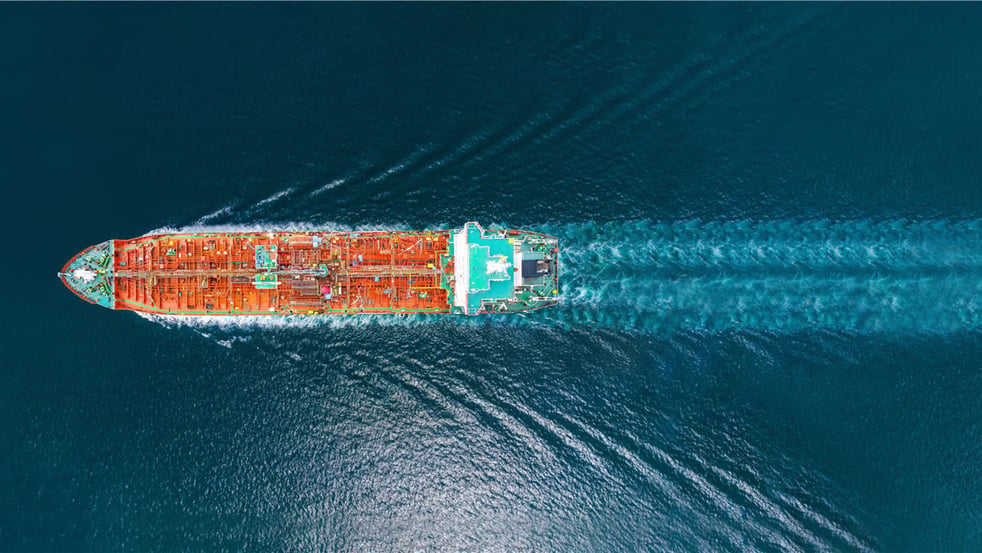A series of suspected limpet mine attacks and unexplained blasts targeting commercial tankers in the Mediterranean has reignited global concern over the evolving nature of maritime threats. These incidents - marked by stealth, ambiguity, and geopolitical undertones - signal a shift in the maritime risk landscape that demands a recalibration of both operational vigilance and strategic foresight.
A pattern of escalating incidents
The explosion aboard the Vilamoura, a Marshall Islands-flagged suezmax tanker, is the fifth such incident in 2025 alone. The blast occurred approximately 90 nautical miles off the Libyan coast shortly after the vessel had loaded 1 million barrels of crude oil from Libya’s Zueitina Terminal. While the crew was unharmed and no pollution was reported, the vessel sustained significant damage and required towing to Greece.
Preliminary investigations based on the damage sustained to the hull appear to have observed that the metal was warped inwards, suggesting an external explosion occurred and that an explosive device was attached to the vessel’s hull when it was in ballast condition. While it remains unconfirmed, such an explosion would be characteristic of limpet mines, which have been suspected in recent previous cases.
Dryad Global’s June 2025 Maritime Security Threat Assessment (MSTA) identifies a clear pattern of underwater explosive attacks targeting commercial oil tankers in the Mediterranean. Notable incidents include:
- 15 February – SEAJEWEL (Malta-flagged): Two explosions near Savona-Vado, Italy, caused a 2x4-foot hull breach. Authorities suspect Soviet-era BPM-1 or BPM-2 limpet mines.
- Late January – SEACHARM (Marshall Islands-flagged): A 3-foot hull breach near Ceyhan, Turkey. Recovered debris suggests a limpet mine.
- Early February – GRACE FERRUM (Liberia-flagged): Severely damaged near Tobruk, Libya, requiring salvage operations.
- 29 June – VILAMOURA (Malta-flagged): Suffered a major blast off the Libyan coast near Benghazi, resulting in engine room flooding and loss of control.
The suspected use of magnetically attached timer-activated limpet mines indicates a high degree of planning and technical sophistication.
Geopolitical and operational correlations
A notable pattern has emerged: all five tankers targeted this year had passed through Malta’s outer port limits, and at least two had links to Libyan ports. More significantly, the Vilamoura had recently called at Russian oil export terminals, including Ust-Luga and the Caspian Pipeline Consortium terminal near Novorossiysk. This mirrors the voyage history of other affected vessels, leading analysts to speculate about a connection to Russian oil logistics.
However, no conclusive evidence has surfaced to confirm these suspicions. Theories involving unnamed state actors remain speculative, and the lack of attribution continues to frustrate both commercial operators and security agencies. This ambiguity severely hampers risk assessment and maritime threat forecasting.
For shipowners and operators, this calls for a shift from reactive responses to proactive vigilance. Maintaining heightened situational awareness, reviewing routing protocols, minimising port call exposure in high-risk zones, and ensuring crew preparedness is essential.
To mitigate exposure, shipowners and operators are advised to:
- Conduct underwater inspections using divers or ROVs after high-risk port calls.
- Train crews to recognise limpet mine indicators and maintain CCTV surveillance around hull areas.
- Avoid geopolitical hotspots where feasible and coordinate closely with local maritime authorities.

